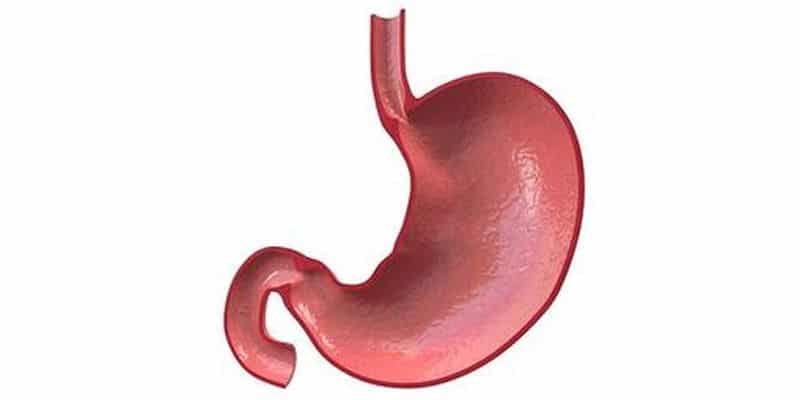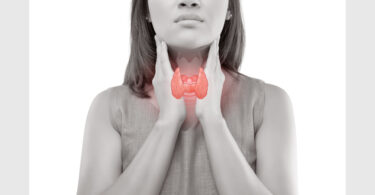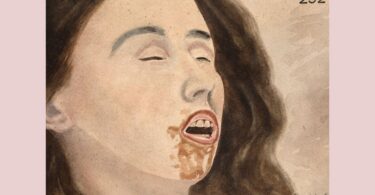J. Compton Burnett , MD (Case circa 1886)
The Physician must be a general. The Curing Art Warfare. I think I must somewhere have read that the great Napoleon’s definition of war — La Guerre— runs thus . . . C’est Tart d’etre le plus fort sur un point donne , and such is the art of curing disease.
Thickening of Cardia –
Lady____, mother of nine children, came under my observation on March 26, 1886, for a tumour at the top of the stomach and much vomiting. She was at the time fifty-three years of age, and in a very sad state indeed — hopeless, so every one thought. That would also have been my view, had my weapons of cure been of the traditional sort. And here I will pause a moment to say that I do not advocate the use of zoic remedies in simple ailments, just as a general would not fire a big cannon to knock over half a dozen brick-bats. As I often say . . . aux grands maux les grands remedes. Such pop-guns as Nux vomica or Pulsatilla or Subnitrate of Bismuth will not cure tumours of the stomach, and hence if they are to be cured we must bring out bigger guns, and the zoic remedies are the very biggest guns of all beyond compare. Some ailings are like sparrows: very small arms will suffice to kill them — say hydropathy, or homoeopathic simples, but tumours generally resist small arms.
As Lady‘s mother died of an internal tumour, naturally her ladyship regarded her own state with all the greater apprehension. There was pain at the pit of the stomach, constant, gnawing, painful on pressure. Very weak, great thirst, no saliva. She passes a great quantity of pale urine, and must rise four or five times every night to micturate, much heat and irritation in urinary passage.
Head aches at top and back. Violent vomiting. At midnight is always roused by feverishness for the past four years. In the epigastrium is a hard tender mass, corresponding in position to the cardia. She is very chilly. Twice vaccinated. Recounting her health history, she tells me she has had dysentery, ague, piles, anaemia, smallpox, puerperal fever, boils, styes, whites, and was once salivated.
Medorrhinum 30. One dose every seven days. April 14th — The pain at the pit of the stomach is gone. Thirst now mostly an hour and a half after breakfast. More saliva, passes less water, no headaches, no vomiting, still has the ghost fever. Less chilly, less tenderness at epigastrium, and the mass is seemingly a little smaller. She begs for an aperient, as there is total inertia of bowels.
Plumbum 12, and Opium 12, in alternation. May “7th — Is suddenly plunged into acute grief by the death of her husband of angina pectoris.
Ignatia am. 3x, five drops in water three times a day. And thereafter we had recourse to the previously mentioned prescriptions, and then followed some of the remedies I have ventured to term pop-guns (quoad the tumours), and patient was discharged cured — or rather she discharged herself.
The case passed out of my mind for several years. Five years later, at the end of 1891 and again in the spring of 1892, her ladyship came to bring a grandchild of hers, and hence I know that she has never looked back. She has now a much healthier look than she had six years ago; and, considering what she has gone through, her condition — being in her sixtieth year — must be termed eminently satisfactory. “Any trouble from your stomach now, my lady ?” “Oh ! no thank you none at all.”
Curability of Tumours By Medicines. –James Compton Burnett -1893





